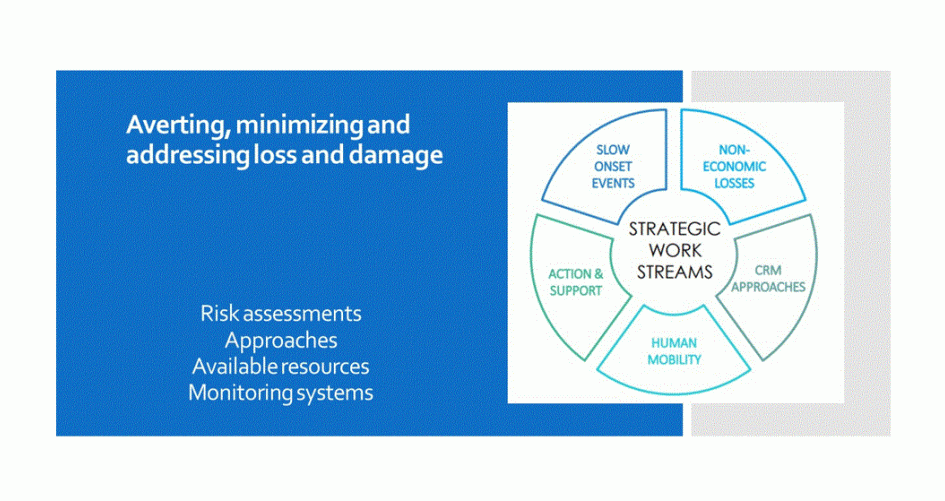The following points need to be taken into account in developing the technical guides:
a) Approaches to averting, minimizing and addressing loss and damage associated with long-term climate risks need to be applicable not only in local contexts but, in some cases, also at the regional level, while countries’ varying capacity to use the technical guides must also be taken into account. The guides should provide practical advice to countries to assist them in implementing various approaches;
b) A broad range of expertise and information should be considered in developing the technical guides, such as information already communicated by countries in national communications, adaptation communications, NAPs and other relevant documents;
c) A great deal of technical guidance on climate risk management already exists. The new technical guides should cover all thematic areas of loss and damage by complementing existing resources and filling any gaps.
The technical guides should be user-friendly and presented in forms applicable to target audiences. Such audiences are expected to span multiple governance levels, and include government and policy-makers, as well as practitioners on the ground.

